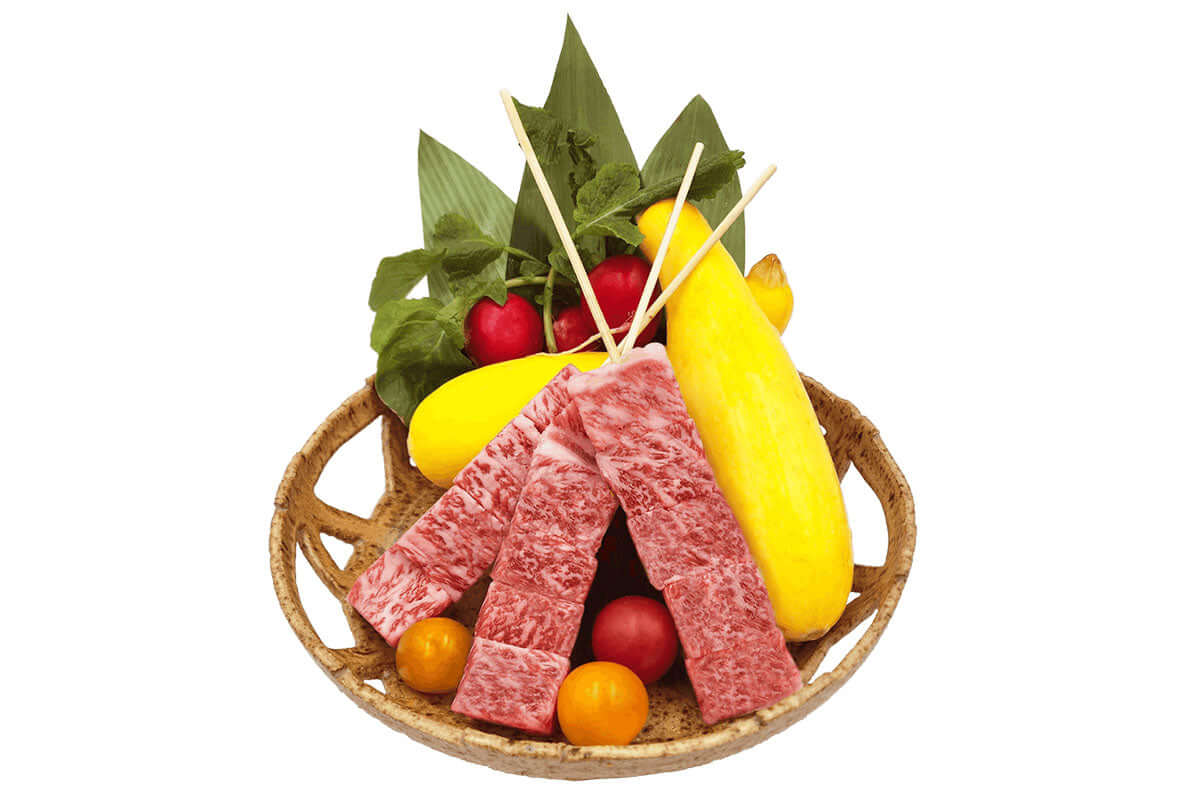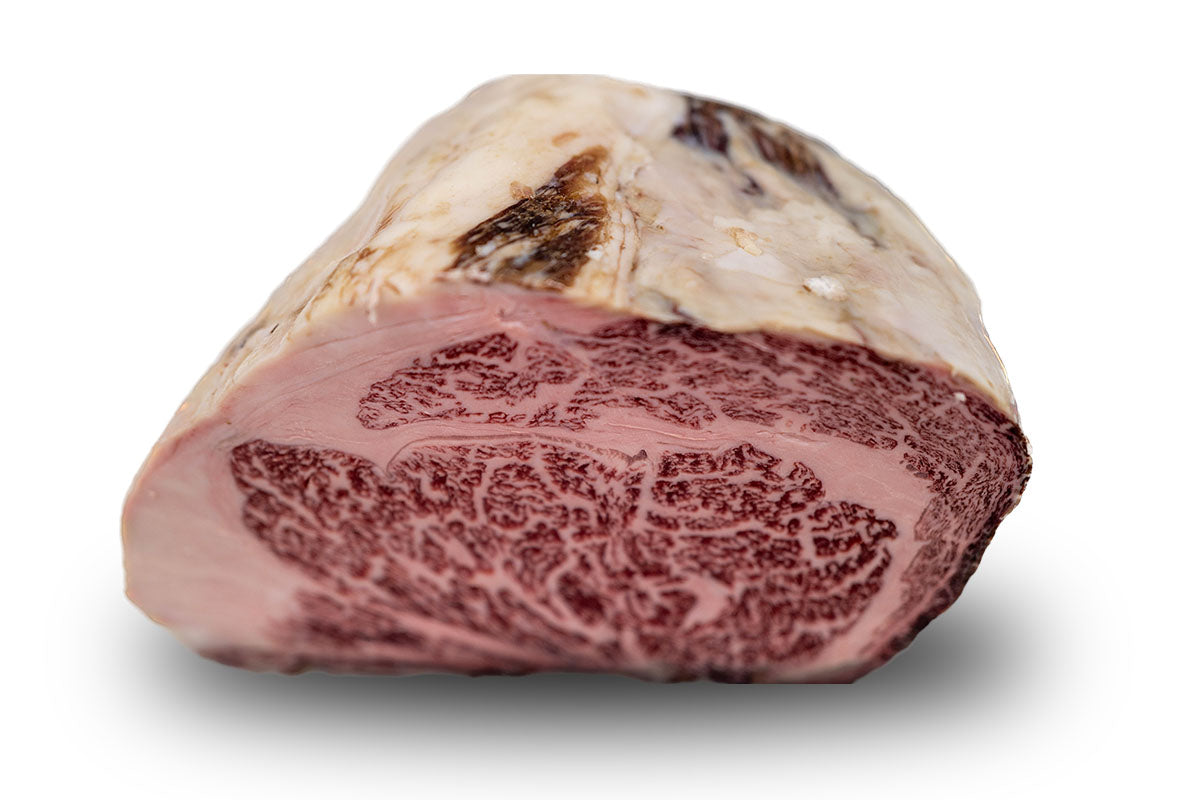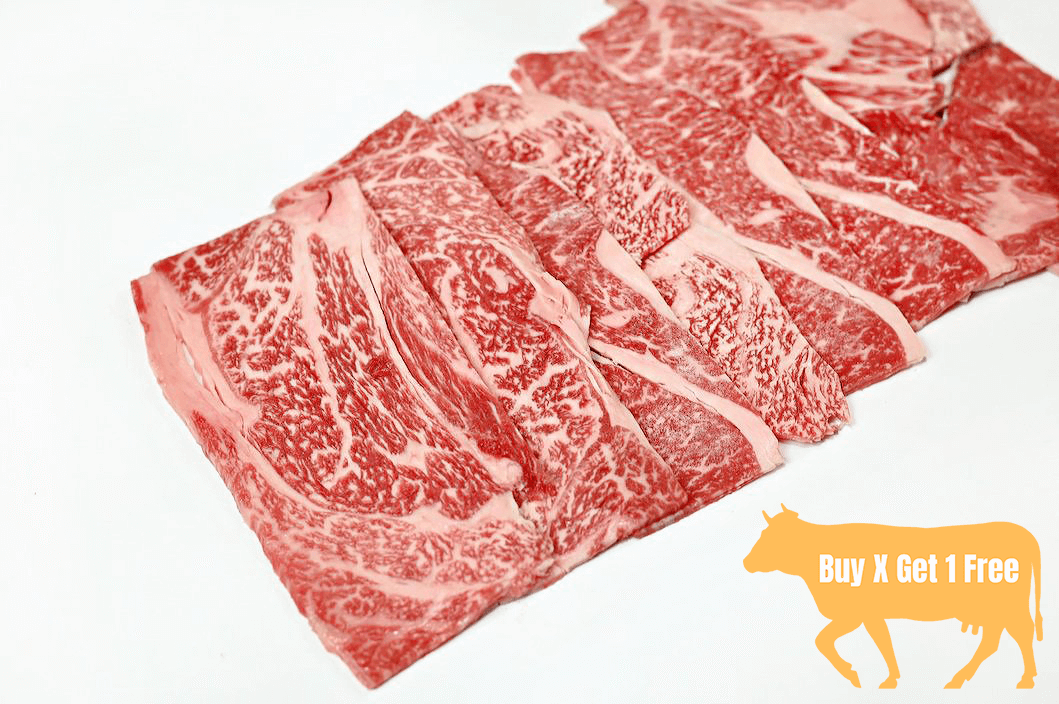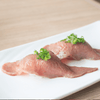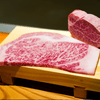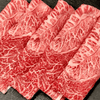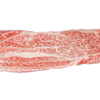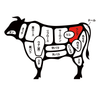What is Beef Tenderloin? A Comprehensive Guide
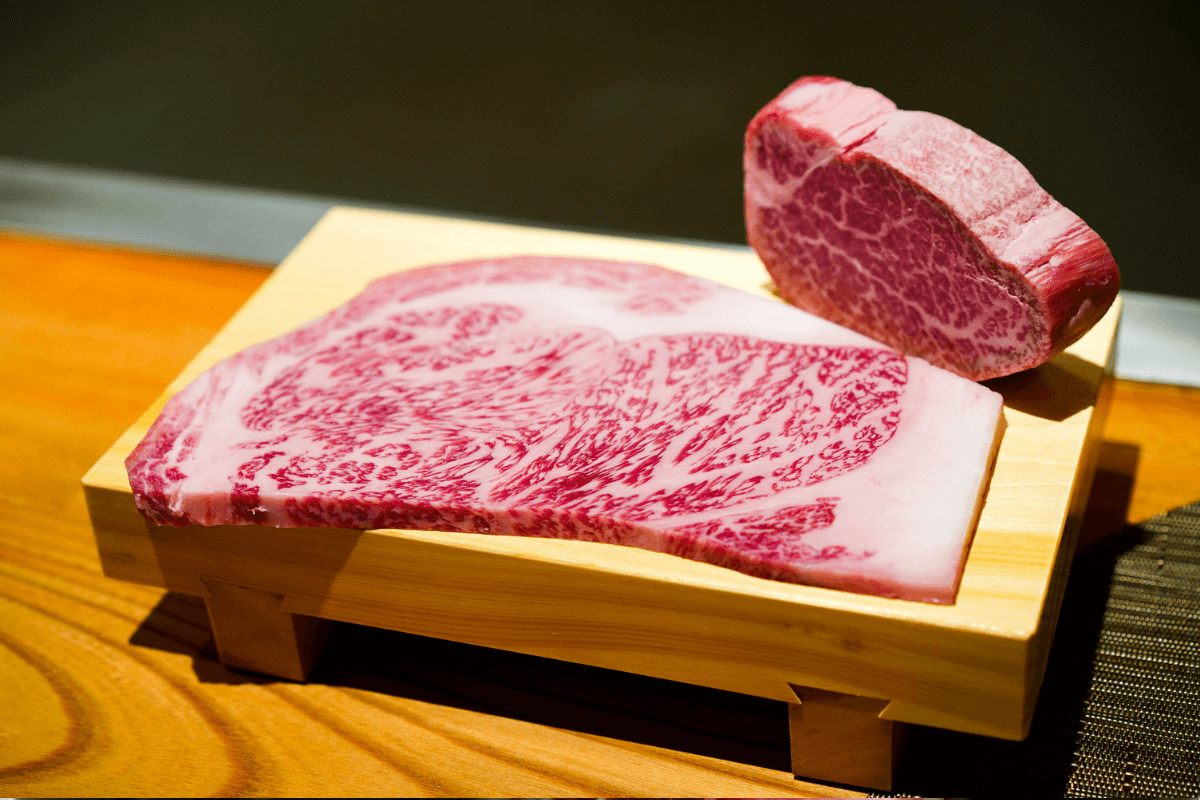
Beef tenderloin is a highly sought-after cut of meat, prized for its tenderness and delicate texture. Often referred to as the "king of steaks," it's a favorite among beef connoisseurs and home cooks alike. Whether you're a well-seasoned home cook or a beginner looking to expand your culinary horizons, this guide will whisk you away on a tasty journey. From a humble muscle in the cow to a star on your dining table, the tenderloin has a fascinating tale to tell.
So, tighten up your aprons and sharpen your knowledge. Let's embark on this beefy adventure!
What is Beef Tenderloin?
Beef tenderloin, my culinary comrades, is more than just a mouthwatering cut of meat - it's a masterpiece of Mother Nature, a testament to the poetry of bovine anatomy.
The tenderloin is a long, slender muscle nestled inside the cow's loin, right under the backbone, specifically from the short loin or the psoas major muscle of the beef carcass. This part of the cow isn't weight-bearing and sees minimal activity, hence the meat is remarkably tender!
Less exercise also means fewer muscle fibers and less connective tissue, which makes this cut exceptionally succulent and almost buttery to the bite.
Now, you may wonder why this luxurious cut is termed the 'tenderloin'. As you might guess, it's named for its tenderness — being one of the most, if not the most, tender cut of beef available. It's a prime example of what fine meat should feel like: tender enough to cut with a fork and so juicy that it practically melts in your mouth.
Of all the tenderloins you could purchase, A5 Wagyu beef tenderloin is the absolute premium. Wagyu refers to several breeds of cattle native to Japan, known for their exceptional marbling, a high percentage of unsaturated fat, and an elaborate method of raising them from birth to plate.
The 'A5' rating is the highest grade given only to the finest Wagyu, and it guarantees you the best of the best: superior marbling, perfect fat-to-meat ratio, and an unforgettable flavor that's the stuff of legends. With every bite, you're indulging in a sensory symphony, a taste of luxury that sets the gold standard for tenderloin.
Tenderloin Whole Cut vs. Tenderloin End
The beauty of the beef tenderloin lies not only in its delectable flavor and texture, but also in its versatility. Depending on where it's cut from, the tenderloin offers us a variety of culinary delights.
Let's first talk about the 'whole cut' tenderloin.
This is the entire tenderloin muscle, usually weighing between 6 to 10 pounds. It's long and somewhat cylindrical in shape, slightly tapering at one end. The whole cut is often roasted and is a great choice for a dinner party or a special occasion where you want to impress.
Just imagine a beautifully cooked whole tenderloin, served on a long platter, carved at the table for your guests. It's a sight that promises a meal to remember!
On the other hand, the 'tenderloin end', or the 'tail', refers to the thinner, tapered end of the tenderloin.
It's smaller and cooks faster than the thicker part of the tenderloin. This end is great for making steaks, as it's easily portioned and still brings all the tenderness and flavor you'd expect from a tenderloin. Picture a perfect filet mignon — that's what you get from a well-prepared tenderloin end.
Whether you choose the whole cut or the end, it's about selecting the right cut for the right occasion and cooking method. And, as always, the magic of the meal is in the quality of your meat.
What to Look For When Buying Beef Tenderloin
Purchasing beef tenderloin can feel like a quest for the holy grail of culinary delights. Fear not, though, because I'm here to guide you on your journey.
When buying beef tenderloin, keep an eye out for these key indicators:
- Marbling: This refers to the little streaks of fat distributed within the muscle tissue. The marbling should be consistent and abundant — it's this fat that melts during cooking, imparting flavor and ensuring a juicy result.
- Color: Fresh, high-quality beef should have a bright, cherry-red color. If it's dark red or brownish, the meat might be older.
- Firmness: The meat should be firm to the touch, but not too hard. When you press it, it should spring back.
- Packaging: If you're buying packaged beef, make sure the packaging is intact with no tears or punctures. Also, there shouldn't be an excessive amount of liquid in the package.
- Smell: Fresh beef should have a clean, slightly sweet smell. Any sour or off-putting smell is a red flag.
Popular Dishes
Beef tenderloin, with its superb taste and texture, stars in a number of delectable dishes that delight the senses and satisfy the soul. Here are a few fan favorites:
- Beef Wellington: This showstopper involves a beef tenderloin coated with pâté and duxelles, which is then wrapped in puff pastry and baked to perfection. A meal that looks as divine as it tastes!
- Roast Beef Tenderloin: Simple yet indulgent, this dish lets the natural flavors of the tenderloin shine. It's often served with a flavorful sauce, like a red wine reduction or béarnaise.
- Filet Mignon: These thick, juicy steaks come from the smaller end of the tenderloin. They're often wrapped in bacon and cooked to a perfect medium-rare.
- Chateaubriand: A thick cut from the center of the tenderloin, this is traditionally roasted and served with a rich béarnaise sauce. A classic French dish that's simply irresistible!
Feel like you're ready to venture into the tantalizing world of beef tenderloin? Well, why just dream about it when you can taste it? At Wagyuman, we bring the finest cuts of A5 Wagyu beef tenderloin whole cut and A5 Wagyu beef tenderloin end straight from Japan to your home.
Whether you're hosting a grand feast or simply treating yourself, our beef tenderloin will elevate your meal to an unforgettable gastronomic experience. Don't wait!

